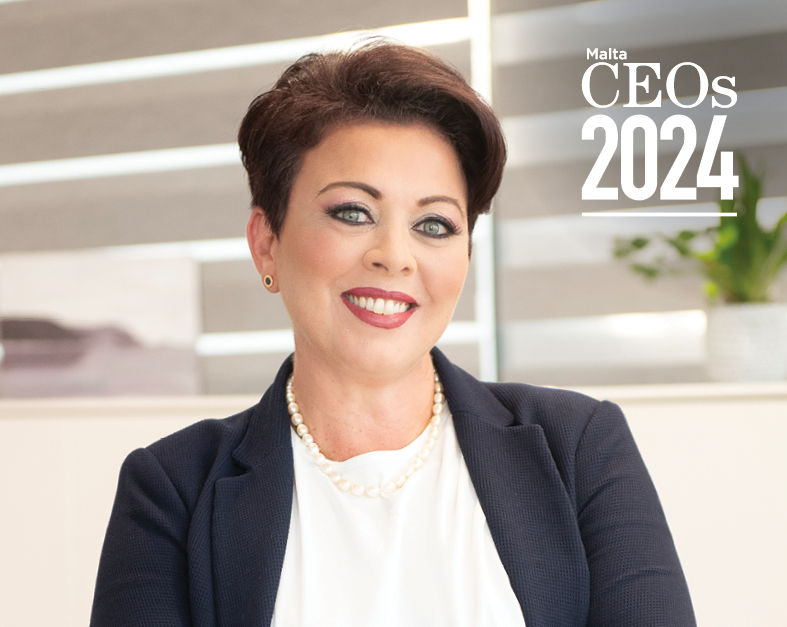Several professionals are nervous about public speaking, and on many occasions, their anxiety heightens when they need to speak on camera. Here is some advice to help you improve your on-camera presence.
Convert eye contact to lens contact
In our public speaking programmes we emphasise the importance of connecting with the audience through eye contact. The equivalent of this when speaking on camera is the lens.
The camera lens might look like an intimidating thing pointed directly at your face. However, it is helpful to seek to adopt the perspective that the lens is a friend. Imagine that you are speaking to your close friend, so that you will sound more engaging and real. When you look directly into the camera lens you will automatically appear more confident, and this will help your audience to engage with you. The viewers will feel that you are speaking directly to them.
Of course, watch out for the setting – if you are on a TV programme where you are being interviewed by another presenter in a studio set-up for example, you would want to look in the direction of the presenter.
Express energy and emotion
When presenting on camera you need to pay attention to your energy level. You will get a better result if you lift your energy, as this will add that little bit more ‘oomph’ to your personality. By bringing a healthy dose of passion and enthusiasm, you will boost your performance.
You might be looking at the camera or the interviewer, but the viewer is looking straight into your eyes. So, think about your facial expressions, and focus on your eyes in particular. What emotions are you translating?
Bring your eyes to life, as that is how the audience will elicit feelings and emotions from you. They will feel warm if your eyes convey warmth. They will feel serious if your eyes look serious. Brighten your eyes so that you allow the viewers to engage more with you.
Relax and bring out the real you
Being relaxed is easier said than done for many. To help you feel more at ease, right before speaking on camera, do something that helps you relax and feel comfortable. This could be a good stretch or yoga, going for a walk or listening to your favourite music. When you take some time before you speak on camera to compose yourself and calm your breathing, you’ll find you appear more natural and relaxed on camera. Most importantly, don’t hold your breath!
When on camera remain faithful with bringing out the real you. Do not try to change your personality. Do not fear being authentic. The most important aspect is connection, so let the real you shine through!
Articulate your words clearly
Communicating with high energy is important to engage your audience, but be careful not to get carried away. The scope is not to go overboard. Keep in mind that when anxious, there is a tendency for most people to speed up and speak too fast. For the audience, this comes across as nervous energy and can make it hard for them to keep up with you.
So, remember to deliberately slow down and pace your speed, insert pauses between phrases and sentences, and articulate your words clearly. You can manage the pace of your speech through controlled breathing. Take deep breaths before you go live and continue to breathe in a controlled manner throughout your time on camera. If you find yourself breathing or talking too quickly, take a deep breath and reset.
Practise any words or phrases that you are struggling to pronounce, or even better, replace them with simpler words.
Also, remember to drink water. Keeping hydrated helps you pronounce your words better and it will allow you to speak for longer periods. It will also help you avoid those hissing sounds.
Recruit your whole body
The camera picks up on a great deal of detail. If you start twitching, mumbling or losing focus, the camera will pick it up and multiply it. So, show up in front of the camera with confidence. Before you start recording, repeat this mantra to yourself, “I will enjoy this, let me allow the camera to become my friend”.
Most of the tips for public speaking relating to body language apply on-camera as well. Remember to maintain good posture, keeping your shoulders relaxed, chest open and straight back – this will surely elevate your on-camera presence.
Watch out for the use of hands in front of the camera. Whilst it is recommended to gesticulate naturally, avoid jerky or big hand movements as they will not make you look credible. On the other hand, you would not want to look stiff like a statue or moving too little, as this would mean that you come across as less engaging to your audience.
Strike a balance. You need a good energy level to appear confident and communicate your messages effectively.
Keep in mind that in most cases, it helps if you smile. Of course, it depends on the mood and subject matter of what you’re aiming to shoot, yet most of the time smiling creates a positive attitude that builds human connection.
Whilst being able to speak with confidence in front of the camera isn’t something that comes naturally to most people, by applying these helpful tips you will give yourself a strong advantage.
Want more tips? Stay tuned for Part 2 of this article!
You can reach Michelle Fenech Seguna on[email protected] or accesswww.speaktomove.com.mtfor more information.
How to prioritise tasks when everything is important
Effective prioritisation can help establish the areas of focus that really matter.
Why active listening makes people better leaders
Being a good listener is considered among the most important leadership skills.
Leaders, what is your relationship with ‘rest’?
Understanding our attitudes and behaviours around rest can empower us to learn how to rest in a way that prevents ...
Say goodbye to your 60-hour work week
7 tips to stop business leaders from overworking.











